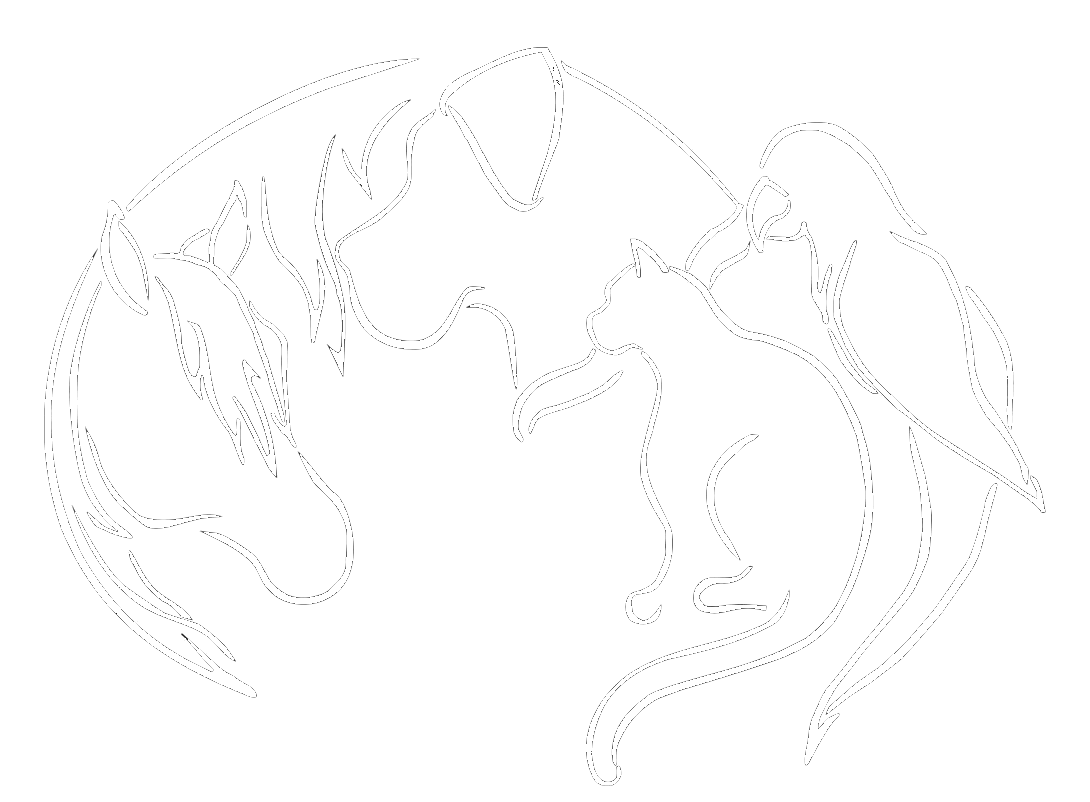Dawson has baby teeth that grew incorrectly and are damaging the soft tissue in his mouth. This post illustrates how we treat this painful condition.
What Happens When My Pet Comes In For a Spay or Neuter Surgery?
Jake's Christmas Mistake
Tiny Surgery
Mini Update - Free Pet First Aid Manual
A couple of years ago we published a free Pet First Aid Manual for our clients. I've uploaded it to the website so that you can print it or download it onto your phone/tablet/computer. I hope you find it useful! Please let us know if you have any questions.
Pet First Aid Manual
Why Does My Pet Require Anesthesia for Dental Surgery?
Often on awake exam we can identify tartar (brown material adhered to the teeth) and gingivitis, (inflammation of the gum tissue above the teeth). What we can't tell is how severe the disease is underneath the tartar, whether bone loss around the roots of the teeth is present, and whether or not there's infection at the tips of the roots. Unfortunately, we're not able to assess these criteria until the patient is under anesthesia.
By taking x-rays of every tooth in the mouth and by carefully probing each tooth individually, we can look for bone loss and assess the health of the teeth. Teeth that have lost more than 50% of the supporting bone or that have infections at the tips of the roots need to be extracted, as they will be a source of constant pain and infection otherwise, and can't be treated successfully with antibiotics. We also frequently identify tooth root abscesses or a tooth that has fractured under the gum-line, and can have a chance to address it while the animal is under anaesthetic.
While an animal is under anaesthesia to do this detailed exam and x-ray series, we also will do what has often been called a "dental cleaning." This could be more accurately described as an oral health assessment and treatment. This involves scaling the tartar off the teeth, scaling the tartar underneath the gum-line, and polishing the teeth to reduce the accumulation of plaque and tartar. This is one of the major advantages of having your pet's dental work performed under anesthesia by a veterinarian - teeth cannot be properly cleaned below the gumline in an awake pet. Removing the tartar and plaque under the gumline is critically important in stopping the progression of periodontal disease, and anesthesia free dental cleanings fail to address this critical step.
If we do end up finding an unexpected problem the mouth during this procedure, we will contact you to discuss what we think the best treatment option is and to go over costs with you. Because we often find problems we did not expect to find when we're doing dental work, it's important that we would have a way to contact you during the day while the procedure is being done.
We take dentistry and anesthesia very seriously at our clinic - every patient who is anesthetized has a trained veterinary technician monitoring their anesthesia and recording their vital signs every 5 minutes, and every patient who has dental surgery done has nerve blocks and comprehensive pain control both during and after surgery. We offer the option of having a pre-surgical blood panel done, which is to screen for any problems with liver or kidney function or any abnormalities in the blood cell counts that could affect how the animal will do under anesthesia. All of the veterinarians in our clinic have done additional training in dentistry beyond what is offered in veterinary school. All of our patients have free rechecks two weeks after their procedures to ensure they're healing well.
Animals have a hard time showing us that their mouths hurt, and they'll usually continue to eat and play even when they have severe pain. Please contact us anytime to further discuss your pet's dental health.
Meet Oro!
Could he be cuter? (No.)
This is Oro, an irresistibly cute puppy was in the clinic today for his neuter surgery. During his pre-surgical exam, we noticed a couple of issues that are common in shorter-faced dogs such as Pugs, Boston Terriers, and Bulldogs.
If you've ever been around a dog with a short face, you may have noticed an abundance of snorting and snuffling noises. This is due to these dogs having several changes to their anatomy including small, slit-like nostrils (stenotic nares), extra soft tissue at the back of their throat that can block their airway (elongate soft palate) and a smaller than proportional airway (hypoplastic trachea).
The combination of these anatomical changes means that these short-faced dogs have a more difficult time breathing, and because they have to work harder to get air in and out of their airway, over time these dogs will develop other problems that further obstruct their airways. So because Oro was under anesthesia today for his neuter surgery, we took that opportunity to address several of his issues that would have affected his long-term quality of life.
This is Oro's nose halfway through surgery. Oro's nostrils had excess tissue removed to increase the size of his nostrils and improve airflow. You can see that the nostril on the left is larger and rounder in size, whereas his unoperated nostril on the right is small and slit-like in shape. Oro also had excess tissue on his soft palate removed, but this is a very difficult area to take a photo of, so I don't have any pictures for you :-)
Another issue that Oro had was retained deciduous teeth - these are baby teeth that haven't fallen out when the adult teeth erupted. This is a common problem in small breed dogs such as Yorkies, Chihuahuas, miniature Poodles and Pugs. These teeth can cause problems because they're fragile and prone to breaking and becoming infected, and because when they're in contact with the adult tooth, it prevents gum tissue from adhering properly to the adult tooth, and makes that tooth more susceptible to infection.
This picture shows where some of Oro's retained teeth were - these are his canine teeth (fangs), and he has a small tooth and a big tooth where there should only be one tooth.
We took x-rays of Oro's mouth to ensure he wasn't hiding any surprises, and found that he also had impacted pre-molars on both sides of his lower jaw that could potentially form cysts causing loss of the bone in his jaw. This x-ray shows where Oro's hidden tooth is - it's circled in red and actually laying on its side! This tooth was completely covered in gum tissue and not visible while looking into Oro's mouth. We removed both of his impacted teeth to try and prevent him from having problems from these teeth later on.
Oro is a wonderfully sweet dog with a very caring owner, and we're so happy we were able to help him today. I personally get really excited about these surgeries, because its so nice to be able to make these little changes and know that he's going to be able to breathe more comfortably and not have pain in his mouth from these misplaced teeth causing problems.
- Jess
Welcome to the new Alpine Veterinary Medical Centre website!
We're excited to have a brand-new website to share with you! We hope that you find it easy to read and navigate, and that we can share some interesting cases and important medical information with you through our clinic blog. Please let us know if there's any way we can improve our website for you. We look forward to hearing from you!











